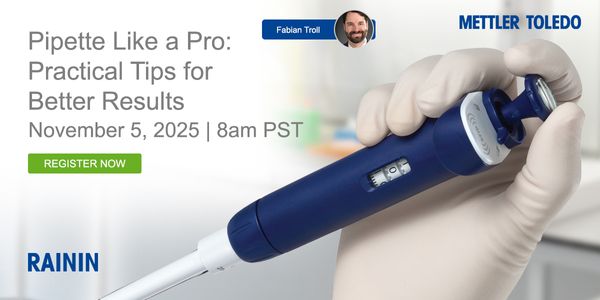
Development and Characterization of an In Vitro Integrated Organ Platform for the Evaluation of Pharmacokinetic and Toxicologic Effects of Drugs and Chemicals
-
James McKim, PhD
President and CEO, IONTOXBIOGRAPHY
The quest for alternatives to animal safety testing has fueled the development, characterization, and validation of many new technologies. There have been advances in cell and tissue models as well as the various platforms that utilize these models. Regulatory groups around the world have started to accept the data from these new models and, in some instances, have allowed full replacement of the existing animal tests. Although the use of these single organ models has been successful, the ability to model the more complex systemic multiple organ exposure scenario has not been realized. Early platforms, such as Organ-on-a-Chip and TissUse, show promise but have not yet delivered the data required to understand interactions between organs. Some important challenges with these models have been the plastics used, low fluid volume, a small amount of tissue, high cost, technical difficulty and the ability to link organ types together in a physiologically relevant manner. The success of an in vitro integrated organ model depends upon the presence of a simulated blood system, isolated organ compartments, the presence of key biological barriers, and metabolism. The fluid volumes must be large enough to allow for multiple samples over time, and the tissue mass must be sufficient to allow for the detection of biomarkers. The presentation today will present the development and characterization of a novel platform that addresses these important areas. A human dynamic multiple organ plate (HuDMOP) designed on a meso-scale will be discussed. The platform can accommodate up to six organ chambers each isolated and hence cultured under optimal conditions. The organs are connected via a simulated blood system which keeps the simulated blood separate from the organ culture media. Movement of the test drug or chemical is via passive diffusion across a semi-permeable membrane. The system can be used with most 3D tissue types, as well as 2D cultures already developed and validated. Data will be presented that demonstrate the three primary routes of drug or chemical exposure: oral, dermal, and inhalation. By using well known drugs or chemicals such as diclofenac, acetaminophen, cannabidiols, and cycloheximide it is possible to make comparisons to in vivo data. Pharmacokinetic data obtained with three organ circuits (e.g. Intestine-liver-kidney) will be shown. The HuDMOP platform demonstrates the ability of an in vitro integrated organ system to study systemic exposure by single or multiple doses as well as the development of physiologically based pharmacokinetic models. Ultimately, models like HuDMOP will enable the use of in vitro data to predict drug or chemical behavior in humans.
Learning Objectives:
1. Explain the advantages and disadvantages of microphysiology systems.
2. Discuss the types of questions that can be addressed.
3. Review how to develop drug or chemical kinetic data from an in vitro integrated organ system.
Please update your information
Certificate of Participation
DOWNLOAD CERTIFICATE






